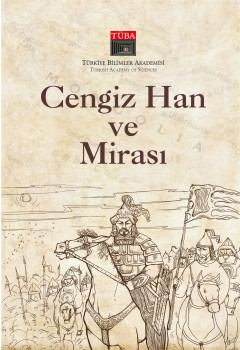Artistic Ilkhanid Manuscripts in The Topkapı Palace Library

Artistic Ilkhanid Manuscripts in The Topkapı Palace Library
Ottoman sultans showed a great interest in books; on the one hand, they had their palace workshops prepare manuscripts ornamented with unique illustrations and illuminations; on the other hand, they collected books created in other locations of the Islamic world through various means, such as, gifting, looting, and purchasing. The subject of this article involves the artistic manuscripts from the Ilkhanid era that entered the Topkapı Palace Treasury
Most manuscripts in the Topkapı Palace Library consist of copies and sections (juz') of the Koran. With their illumination and binding, these large-format books designed by the skillful illuminators and bookbinders of the Ilkhanid era are early fourteenth-century masterpieces of Islamic art of the book. Among these are Koran sections prepared for the famous Ilkhanid ruler, Sultan Uljaytu Khodabanda, and the renowned vizier, Rashid al-Din. Some examples were written by the most illustrious Islamic calligraphers, Yaqut al- Musta’simi and Arghun Kamili, illuminated by the famous artist of the era who worked in Baghdad, Muhammad b. Aybak b. Abdallah, and bound by bookbinder Abd al-Rahman.
The Ilkhanid era was also a time when fascinating and important manuscripts were prepared in terms of book illustration. Two of the three Mongol-era manuscripts in the Topkapı Palace collevtion are copies of the Jami'at-Tawarikh—a general history of the world prepared by a commission led by the vizier Rashid al-Din under the order of the Ilkhanid ruler Ghazan Khan— while the third is a copy of the Garshaspnama. In addition, some paintings that appear in one of the palace albums belong to a volume of the Jami’at- Tawarikh on the history of Mongol khans, which has not survived. The significant and unique paintings of the Ilkhanid era are the Miޏrajnama paintings made by Ahmed Musa featured in the album prepared for Bahram Mirza, the brother of the Safavid sultan, Shah Tahmasp. The preface of the album written by Dust Muhammad refers to the famous painter Ahmed Musa, who lived in the era of the Ilkhanid ruler Abu Said, to have “removed the veil from the face of painting and invented the painting that was popular in that era.” In addition, the author states that he illustrated a Miޏrajnama. However, only the eight album pages with miޏraj images have survived this work.
Through their bindings, illuminations, calligraphy, and illustrations, Ilkhanid era manuscripts from the Topkapı Palace constitue a vital collection that demonstrates the adcanced level reached by the arts of the book during this era.
